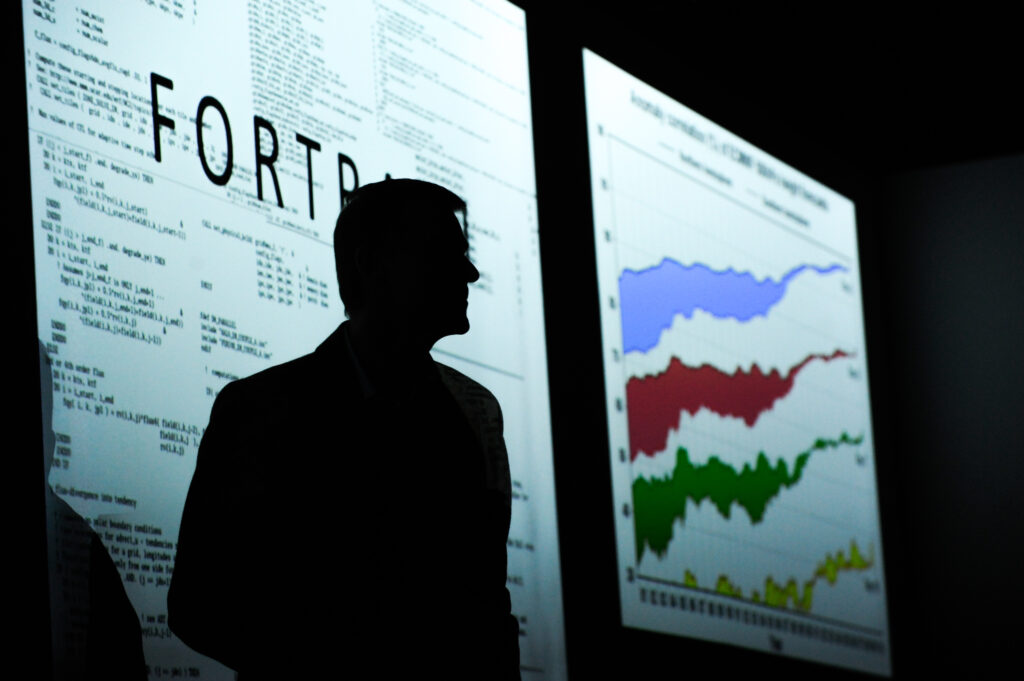DASA Assessment Overview 2023-2024
Assessment within the Division of Academic and Student Affairs seeks to promote continuous improvement of programs, services, and courses. Each year, through the annual assessment reporting process, DASA units measure their progress towards their outcomes and reflect on ways to enhance their work. This process requires that DASA staff and faculty engage in significant effort to gather data, analyze results, and disseminate and discuss results.
Assessment Highlights
This showcase seeks to highlight the best practices DASA units demonstrated in their 2023-2024 assessment activities as described in their report: utilizing multiple sources of data, continuously improving assessment, sharing assessment results, and creating a clear narrative. When units engage in best practices, assessment work may be more effective and insightful.
While DASA Assessment applauds the great assessment work many DASA units completed in 2023-2024, this page highlights Fraternity and Sorority Life, Performing Arts and Technology, Advising Technology, and TRIO Collegiate Programs.
Multiple Sources of Data
Utilizing multiple sources of data allows you to develop a more complete picture of how well your unit is meeting your outcomes. Referred to as triangulation, utilizing multiple data sources can help increase your confidence in the validity of your results.
Highlight: Fraternity and Sorority Life
Fraternity and Sorority Life (FSL) utilized Panhellenic Formal Recruitment to assess the outcome: “FSL advised councils will effectively plan recruitment for the fraternity/sorority community.” All 11 panhellenic chapters hosted rounds focused on values, philanthropy, and housing experience to showcase sorority life to the more than 600 women that participated in recruitment. Evidence was collected from participation data, a survey distributed to prospective new members after recruitment concluded, pre- and post-recruitment surveys and focus groups were conducted with Sorority Recruitment Counselors, and chapter advisors participated in a round table. Through this variety of assessment measures FSL gathered a comprehensive picture of Panhellenic Formal Recruitment. FSL identified strengths, areas for improvement, and specific actions to improve the recruitment process.
Continuous Improvement
Continuous improvement is a mindset and process of regularly identifying opportunities to enhance the quality of instruction or service. Annual outcomes assessment seeks to promote continuous improvement.
Highlight: Performing Arts and Technology
Faculty in Performing Arts and Technology utilized tests and short answer assignments in MUS 202 to assess students’ ability to “hear, identify, and work conceptually with the elements of music, such as rhythm, melody, harmony, structure, timbre, and texture.” Throughout the semester the data demonstrated that students exceeded faculty’s stated expectations for the outcome. However, because of the continuous improvement mindset of the faculty in Performing Arts and Technology, they still identified opportunities to improve the quality of assignments and teaching. Faculty decided that although students could describe what they hear, students could improve in their ability to make arguments about the elements of music. Faculty added additional written assignments that will require students to develop deeper arguments and additionally suggested modeling arguments in classroom discussions and lectures.
Share Assessment Results
Sharing assessment results engages stakeholders and can help communicate the value of the work of your unit.
Highlight: Advising Technology
Sharing assessment results can be more than a presentation on your assessment findings. Advising Technology takes a multi-pronged approach to sharing assessment results that is customized to the stakeholder. Some campus partners received assessment results that highlighted engagement and usage of technology across campus while associate deans received customized reports for their college. Advising Technology also submitted a State Stat to share results beyond their most common campus partners. Lastly, Advising Technology is adding key metrics into email messages to support new initiatives.
Clear Narrative
A clear narrative in a unit’s assessment report communicates information effectively to a general audience.
Highlight: TRIO Collegiate Programs
TRIO Collegiate Programs uses multiple methods to assess several aspects of their programming each year. TRIO includes a clear description of the programs, shares information about when the assessment was administered and explains a rationale for the actions they are taking and how they anticipate that will benefit students. All of this information is communicated using bullet points to avoid long narratives and headings that provide clarity to the report reader. TRIO avoids jargon to ensure that you do not need expertise in student advising and programming to follow their assessment strategies and changes they are implementing.



